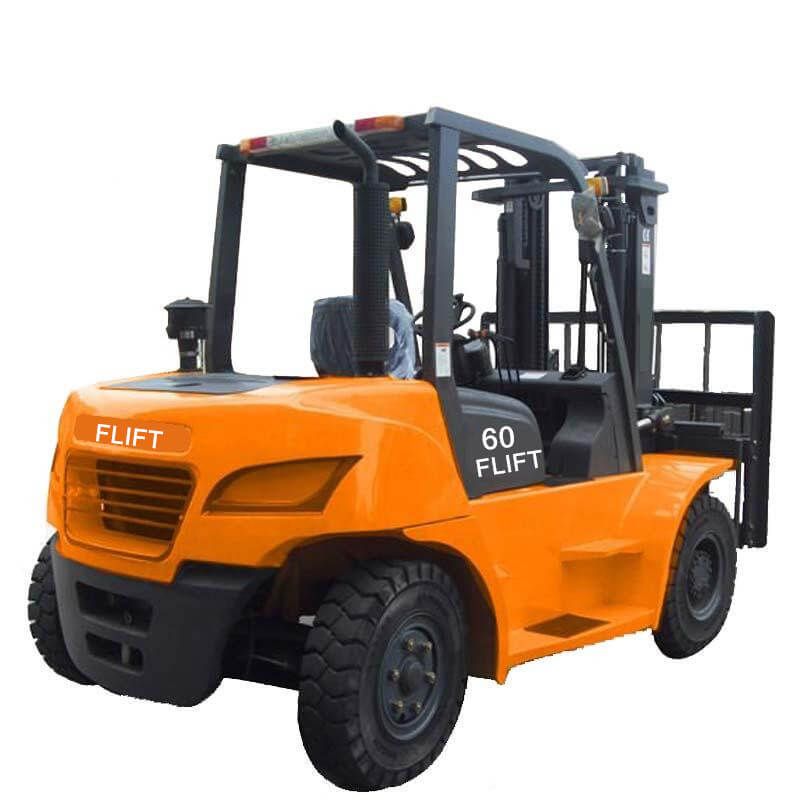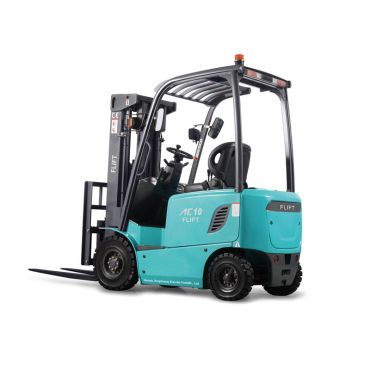- Diesel Forklift
-
- 4.5 Ton Diesel Forklift48 Ton Diesel Forklift3 Ton Diesel Forklift3.5 Ton Diesel Forklift2.5 Ton Diesel Forklift33 Ton Diesel Forklift15 Ton Diesel Forklift10 Ton Diesel Forklift8 Ton Diesel Forklift4 Ton Diesel Forklift6 Ton Diesel Forklift2 Ton Diesel Forklift1 Ton Diesel Forklift1.8 Ton Diesel Forklift1.5 Ton Diesel Forklift6 Ton Diesel Forklift35 ton Diesel ForkliftFour Wheel Drive Forklift
- Electric Forklift
-
- 3.8ton FB38LE Low Voltage Lithium Battery Forklift3.5ton FB35LE Low Voltage Lithium Battery Forklift3.5ton Low Voltage FB35LE-e Lithium Battery forklift3 ton Low Voltage FB30LE Lithium Battery Forklift12t Lithium-Battery-forklift12t Electric Forklift Truck8t Electric Forklift10t electric forklift truck25ton Lithium Battery Forklift7ton Electric Forklift16ton Lithium Battery forklift2 Ton Electric Forklift1.8 Ton Electric Forklift6 Ton Electric Forklift1.5 Ton Electric Forklift1 Ton Electric Forklift2.5 Ton Electric Forklift3.5 Ton Electric Forklift3 Ton Electric Forklift4.5 Ton Electric Forklift5 Ton Electric Forklift3 Ton Electric Forklift4.5 Ton Electric Forklift1.6 Ton Three Wheel Forklift2 Ton Three Wheel Forklift
- Rough Terrain Forklift
-
- Supply 4-wheel Steer Rough Terrain Forklift7 Ton All Rough Terrain ForkliftFD25RTC4 Rough Terrain Forklift TruckFD35RT4 3.5T Rough Terrain ForkliftFD30RT4 3t Rough Terrain ForkliftFD35RT2 3.5t Rough Terrain ForkliftFD30RT2 3t Rough Terrain ForkliftFLIFT brand 3ton 3.5ton all rough terrain forklift for sale3 Ton Terrain Forklift
- Pallet stacker & Pallet truck
-
- DGX15 1.5t Electric Pallet StackerDGX12 1.2t Electric Pallet StackerMCC16 1.6t Man Mount Three-way StackerDGXC1530 1.5t Outdoor Electric Pallet StackerDGXC15 1.5t Electric Pallet StackerCTX18 1.8t Electric Pallet Truck JackDGX1520 1.5t Electric Pallet StackerDGX1230-walking-type-electric-pallet-stackerDGX1225 1200kg Electric Pallet StackerDGX1220 1.2t Walking Type Electric StackerCTXF20 2t Paper Roll/Wire Pallet TruckDGXA0420 0.4t Battery Indoor Counterbalanced StackerDGXB1020 1t outdoor counterbalanced stackerDGXC1520 1.5t Rough Terrain StackerCTXJ15 1.5t Electric Pallet TruckCTXA20 2t Rough-Terrain-Pallet-TruckCTXZ20 2t Electric Pallet TruckCTX20 2t Elecric Pallet Truck1.5 Ton Handling Electric Pallet Truck2 Ton Reach Forklift1.5 Ton Reach Forklift2 Ton Electric Pallet TruckSemi-electric Pallet Stacker3-Way Pallet StackerSide loading forklift truck4 direction reach truckElectric Tow Tractor 2t
- Customization Forklift
-
- 900kg CDD09B Electric Walking Type Counterweight StackerProfessional Walking Type Electric Stacker with Special Attachment1ton Electric Outdoor Rough Terrain Telescopic Spreader Stacker4t QDD40 Seated type Electric TractorQDD60 Seated Type Fully Electric Tractor3t QDD30C Electric Tractor with Turning Radius 1545mm2t CQD20A Electric Simple Type Reach Forklift Truck1.5t CQD15A Simple Type Electric Reach forklift Truck5t Convertible Seated Electric Flat Truck3t CBD30Z Electric Vehicle Transfer Truck1.5t CDD15Y Electric Pallet Stacker (Rough Terrain)1t CXD10-45 Electric High Lift-Order Picker2t CQD20S-60 Four-way Walking Type Reach Forklift TruckCDD10A/15A Walking Type Fully Electric Pallet Stacker3t QDD30A Standing Type Electric Tractor1t CSD10 Man Mount Three-way Stacker1.5t AGV type CDD15J-16 Electric Pallet StackerCBD80 8t Electric Pallet Stacker6t CBD60 Electric Pallet StackerCBD120 1.2t Electric Pallet Stacker2t CDD20D-30 Walking type Electric Pallet StacckerCDD08B-25 Counterweight Electric Pallet Stacker
- Forklift Attachements
-
- Waste Paper FixtureFixed Short Arm non-sideshiftingnon-sideshiftingFixed Short Arm non-sideshiftingNon-sideshiftingHinged ForksCaton ClampRotatornon-SideshiftingTire ClampsPusherTurning Fork Clampsnon-sideshiftingLog HolderSideshiftingBroke Paper ClampsSideshiftingSideshiftingSingleLoad StabilizerFork PositionersSingle Double Pallet Handler
Analysis of the three major problems of forklift loading and unloading
Date: 2023-08-09 View:
1:How should the work area be prepared
before loading and unloading operations with forklifts?
Make sure the brakes of the transport vehicle are enabled.
►Ask drivers to turn off the vehicle's engine
to reduce the risk of exposure to exhaust gases.
►Pads the wheels of the vehicle.
►If available, use a trailer restraint system,
as this system prevents the trailer from detaching from the loading dock.
►If it is a loading and unloading flatbed trailer,
make sure it is parked on level ground free of debris,
pits, mounds, and unstable ground.
►When the forklift is moving,
tell the vehicle driver to stay away
from the loading and unloading area.
►Make sure that the trailer's legs or stabilizers adequately
support the trailer if the trailer is not attached to the vehicle.
►Post warning signs warning against moving the vehicle.

2:What should I pay attention to when
loading and unloading with forklifts?
►Sound your horn when entering and exiting a trailer or platform.
►Be aware of other vehicles, pedestrians, and materials around you.
►Continuously assess the condition of trailers, lift plates and forklifts.
Stop loading and unloading if conditions become unsafe
(e.g., trailer tilt, gap between trailer and dock dock, forklift difficult to maneuver, etc.).
►Each cargo is assessed before each lift. Do not lift unstable or unsuitable goods
(e.g., tilted or improperly fastened goods, goods placed on damaged pallets, etc.).
►Use proper techniques when loading and unloading cargo to prevent trailers/vehicles from tipping
(i.e., keeping goods balanced on trailers, rail wagons, etc.).
►When driving through a slope without goods, the fork should face downhill.

3: What important information do I need to know
when using forklifts around railroad tracks
and loading railroad wagons?
►Cross railway tracks diagonally only at specified locations.
►Make sure to set up the handbrake, wheel block,
and track cutter before entering the rail wagon.
►Do not park forklifts within three meters of railway tracks or inside railway wagons.
►Do not use forklifts to tow or push rail wagons or trucks.
►Do not use forklift forks to open doors of railway vehicles.

.png)




